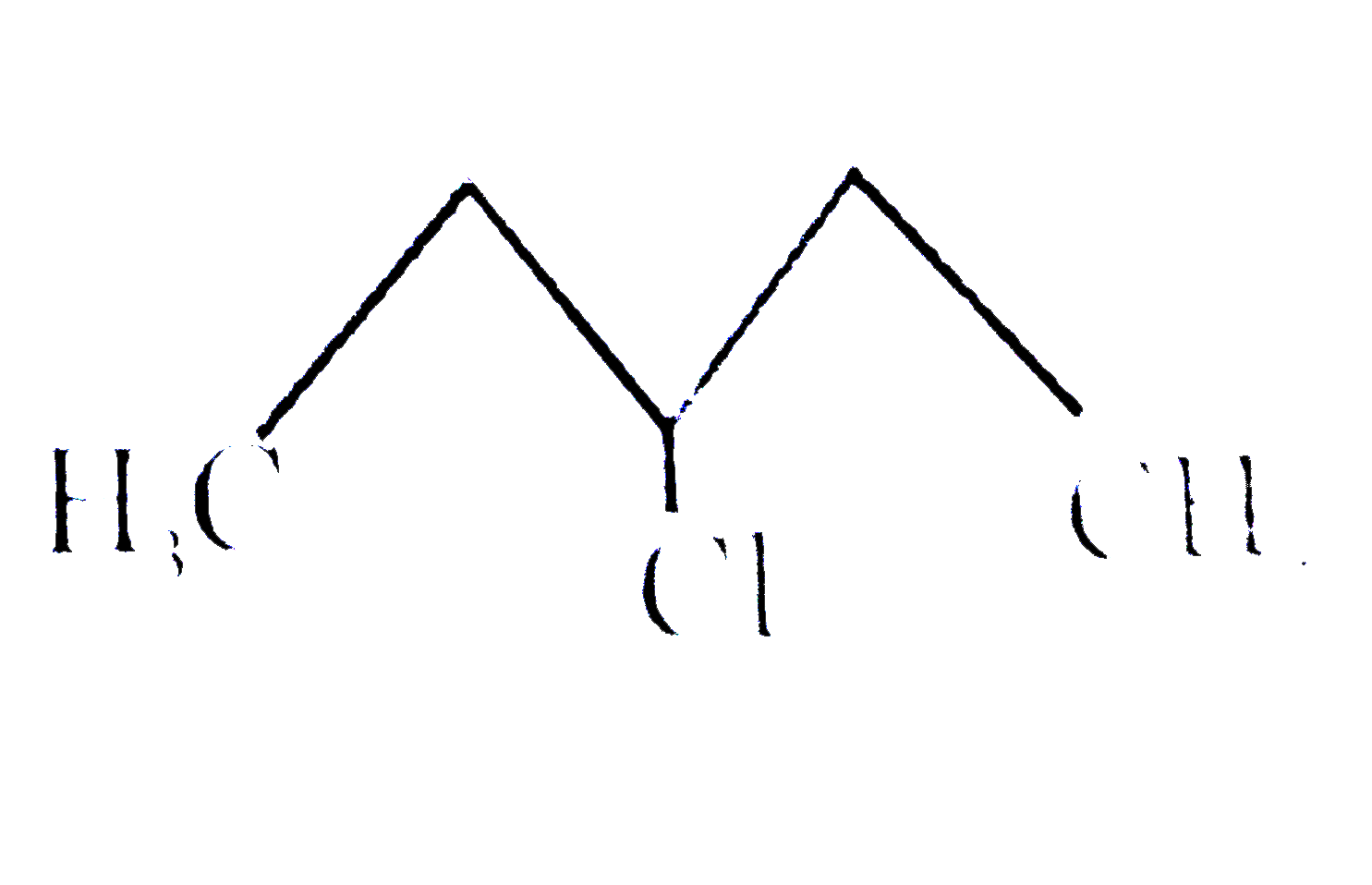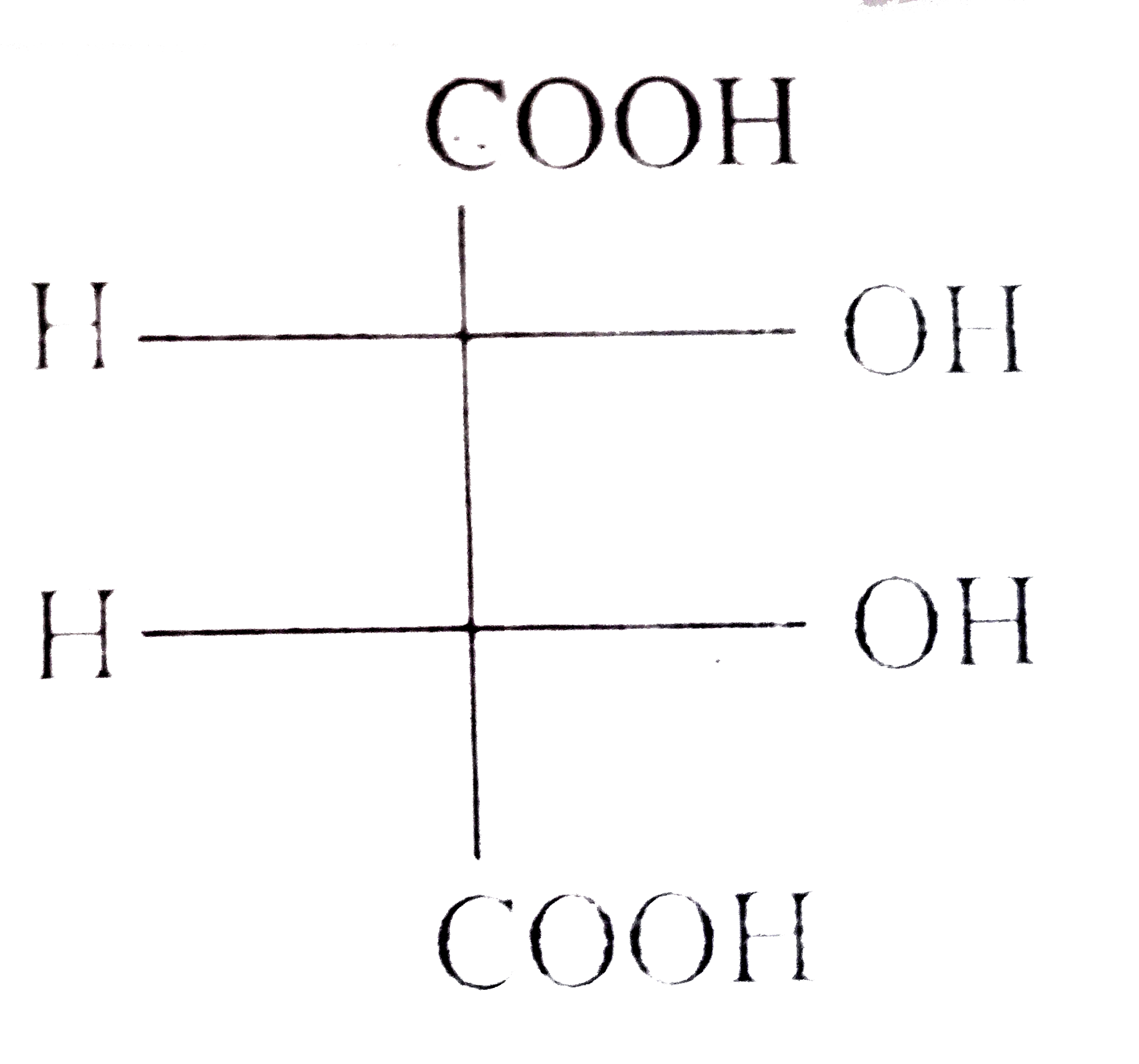The hydrolysis of optically active 2-bromobutane with aqueous NaOH result in the formation of :
A
(-)-butan-2-ol
B
(±)-butan-2-ol
C
(+)-butan-2-ol
D
(±)-butan-1-ol
Video Solution
Text Solution
The correct Answer is:B
CH3−C∣BrH−CH2−CH32-Bromobutaneaq.NaOH−−−−−→CH3−C∣OHH−CH2CH3(±)−Butan-2-ol
2-Bromobutane is a 2∘ alkyl halide which can undergo nucleophilic substitution by SN1 or SN2 mechanism. This will lead to the production of both tha enantiomers (±).
|
Updated on:21/07/2023
Topper's Solved these Questions
- BOOK - MODERN PUBLICATIONCHAPTER - HALOALKANES AND HALOARENESEXERCISE - C. MULTIPLE CHOICE QUESTIONS (with more than one correct answers)10videos
HALOALKANES AND HALOARENES
- BOOK - MODERN PUBLICATIONCHAPTER - HALOALKANES AND HALOARENESEXERCISE - D. MULTIPLE CHOICE QUESTIONS (based on the given passage / comprehension)9videos
HALOALKANES AND HALOARENES
- BOOK - MODERN PUBLICATIONCHAPTER - HALOALKANES AND HALOARENESEXERCISE - A. MULTIPLE CHOICE QUESTIONS (with only one correct answer)35videos
HALOALKANES AND HALOARENES
- BOOK - MODERN PUBLICATIONCHAPTER - EQUILIBRIUMEXERCISE - Unit Practice Test13videos
EQUILIBRIUM
- BOOK - MODERN PUBLICATIONCHAPTER - HYDROCARBONSEXERCISE - UNIT PRACTICE TEST15videos
HYDROCARBONS
Similar Questions
Knowledge Check
- Question 1 - Select One
The hydrolysis of optically active 2-bromobutane with aqueous NaOH results in the formation of:
A(-)butane-2-olB(±)butane-2-olC(+)butane-2-olD(±)butane-1-ol - Question 2 - Select One
Which is optically active :-
A B
B C
C D
D
- Question 3 - Select One
An optically active compound
A(a) Rotates the plane polarised lightB(b) Changing the direction of polarised lightC(c) Do not allow plane polarised light to pass throughD(d) None of the above

